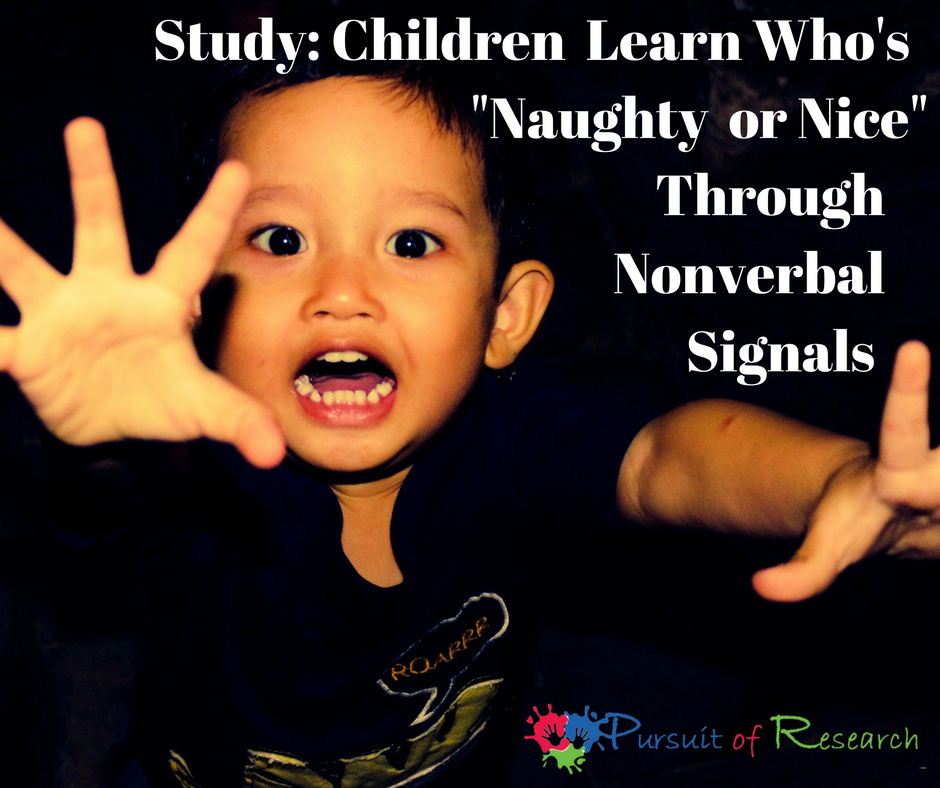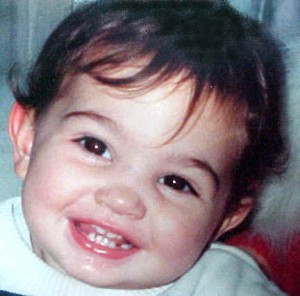My son Tanner was diagnosed with verbal as well as oral apraxia. Most don’t know what apraxia is, but even fewer understand the difference between oral and verbal apraxia. With oral apraxia my son didn’t even have the ability to make facial expressions on command. Being essentially nonverbal is difficult enough, but not having the ability to smile to show you are happy, or frown when you something upsets you is taking yet another aspect of communication away.

I’ll never forget when my son was younger I tried to explain to a PhD SLP at a conference that nonverbal communication was also important and he replied that if I wanted to focus on that instead of speech that was my right. I answered that it wasn’t a matter of choosing one or the other, that my son was in speech therapy 6 days a week at that time, but that working on his oral apraxia was also important for communication. We don’t just communicate through our voices.
New research from the University of Washington supports that nonverbal communication plays a vital role in communication. The studies had to do with bias, or since tis the season, who’s on the “naughty or nice” list, while also providing an example of how we communicate not only through our voices, but also through our actions and facial expressions.
In a study published Dec. 21 in the journal Psychological Science, they found that preschool-aged children can “catch” social bias by seeing negative signals expressed by adults, such as a disapproving look, and are likely to generalize that learned bias to others. The initial study participants were 67 children ages 4 and 5, an equal mix of boys and girls.
“This research shows that kids are learning bias from the non-verbal signals that they’re exposed to, and that this could be a mechanism for the creation of racial bias and other biases that we have in our society,” said lead author Allison Skinner, a postdoctoral researcher in the UW’s Institute for Learning & Brain Sciences.
“Kids are picking up on more than we think they are, and you don’t have to tell them that one group is better than another group for them to be getting that message from how we act.”
The children were shown a video in which two different female actors displayed positive signals to one woman and negative signals to another woman. All people in the video were the same race, to avoid the possibility of racial bias factoring into the results.
The actors greeted both women the same way and did the same activities with both (for example, giving each a toy) but the actors’ nonverbal signals differed when interacting with one woman versus the other. The actor spoke to one woman in a positive way — smiling, leaning toward her, using a warm tone of voice — and the other negatively, by scowling, leaning away and speaking in a cold tone. The children were then asked a series of questions — such as who they liked the best and who they wanted to share a toy with — intended to gauge whether they favored the recipient of positive nonverbal signals over the recipient of negative nonverbal signals.
The results showed a consistent pattern of children favoring the recipient of positive nonverbal signals. Overall, 67 percent of children favored the recipient of positive nonverbal signals over the other woman — suggesting they were influenced by the bias shown by the actor.
The next part of the study reminded me of the famous study by the teacher Jane Elliot in where she got her point across about racial bias through eye color instead of skin color.
In this case the researchers used shirt colors to help the researchers determine if nonverbal signals could lead to group bias or prejudice. They recruited an additional 81 children ages 4 and 5. The children were shown the same videos from the previous study, then a researcher introduced them to the “best friends” of the people in the video. The “friends” were described as members of the same group, with each wearing the same color shirt as their friend. The children were then asked questions to assess whether they favored one friend over the other.
The results showed that children favored the friend of the recipient of positive nonverbal signals over the friend of the other woman. Taken together, the researchers say, the results suggest that biases extend beyond individuals to members of groups they are associated with.
Skinner pointed out that many American preschoolers live in fairly homogenous environments, with limited ability to witness positive interactions with people from diverse populations. So even brief exposure to biased nonverbal signals could result in them developing generalized biases. The simulations created for the study represent just a small sample of what children likely witness in real life, Skinner said.
“Children are likely exposed to nonverbal biases demonstrated by multiple people toward many different members of a target group,” she said. “It is quite telling that brief exposure to biased nonverbal signals was able to create a bias among children in the lab.”
The study’s findings, she said, underscore the need for parents and other adults to be aware of the messages — verbal or otherwise — that they convey to children about how they feel about other people.
Note from Lisa Geng
The study’s findings I say also underscore the importance of nonverbal communication as a vital part of communication.
My son Tanner was diagnosed with both oral as well as verbal apraxia. Not all children with verbal apraxia will have oral apraxia,but it’s pretty much a given that all children with oral apraxia will have verbal apraxia.
 Before Tanner learned how to smile he didn’t even try much and most times just had a blank look on his face as you’ll see on the photo on the left. We called him the “serious baby” at this point not knowing he had classic
Before Tanner learned how to smile he didn’t even try much and most times just had a blank look on his face as you’ll see on the photo on the left. We called him the “serious baby” at this point not knowing he had classic

Below is me with my sons Tanner on the left, and his brother Dakota on the right on their first day of school. We were all so excited, and you can see the school bus in the background. Like Jake, Tanner had to learn how to smile due to his oral apraxia. Like Jake, when Tanner was learning to smile he would smile and close his eyes. We’d then say “Tanner open your eyes” and he’d open his eyes and open his mouth. Then we’d say “Smile again” and again he’d smile and scrunch his face like in this photo again which like Jake was his classic smile for awhile.
Tanner’s background is here which is a letter I wrote to parents years ago to raise awareness about oral and verbal apraxia. But most don’t know what oral apraxia is or how it can affect a child and his family. The impact it can have in school when that “blank look” is taken by the teacher as not understanding. Tanner’s oral apraxia affected him for most of his life up till recently. At age 11 after years of therapy his one speech therapist Dr. Renai Jonas CCC-SLP who I highly respect, even tried hooking electrodes to his face to stimulate the nerves with little help. Like Jake Tanner responded to nutrition too somehow which is remarkable after the years of therapy. We are so thankful! Here is Tanner today.
Signs of Oral Motor Dysfunction
|
Possible Oral Apraxia or Oral Motor Warning Signs from the Cherab Foundation There are two types of oral motor problems. Oral Apraxia is a disorder where the child, who typically is a “late talker” is unable to coordinate and/or initiate movement of their jaw, lips and tongue (articulators) on command. An Oral Motor Disorder, which could be a different oral motor problem than apraxia (could be from weakness/dysarthria for example) is the second type, in which the child is unable to coordinate and/or initiate movement of normal eating movements (vegetative activities.) Here are some possible warning signs of the two types of oral motor problems, written by Lisa Geng, the parent of two children who were diagnosed by a neurologist (Trever. DeSouza MD) and a neurodevelopmental pediatrician (Marilyn Agin MD) with two different types of oral motor problems, with help from Cherab’s advisor, Sara R. Johnson, CCC/SLP. Can your child do the following regularly or on command:
If your child cannot do all or some of the above, this may be a sign of Oral Apraxia, which is worth looking into with medical and speech professionals. Or does your child…
If your child does all or some of the above, this may be a sign of Oral Motor problems, which is worth exploring with medical and speech professionals. If you are seeing any of the above signs, seek out the services of a Speech Language Therapist for an evaluation of these skills. This can be done through your State’s Early Intervention Programs, a free federally funded program for qualified children from birth to three years of age or through your school district’s preschool disabled program, a free program for qualified children between the ages of three to 6 years. You can also contact the American Speech Language-Hearing Association in Rockville, Maryland for a list of certified clinicians in your area. It is very important to have an ACCURATE assessment completed by a skilled clinician. You may also want an evaluation from a developmental pediatrician, or pediatric neurologist to look for signs of low tone (hypotonia). |
